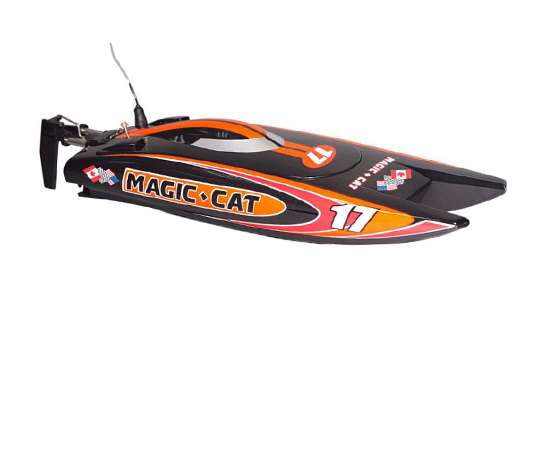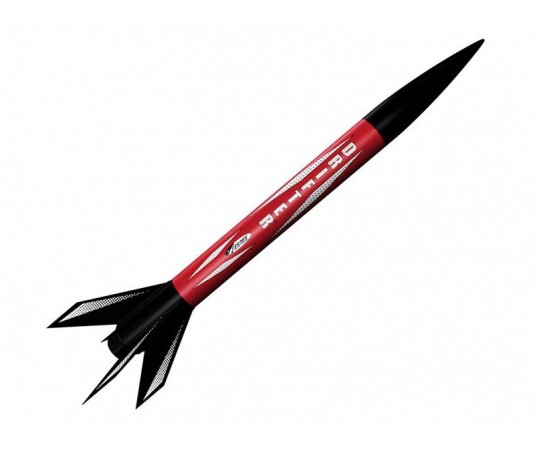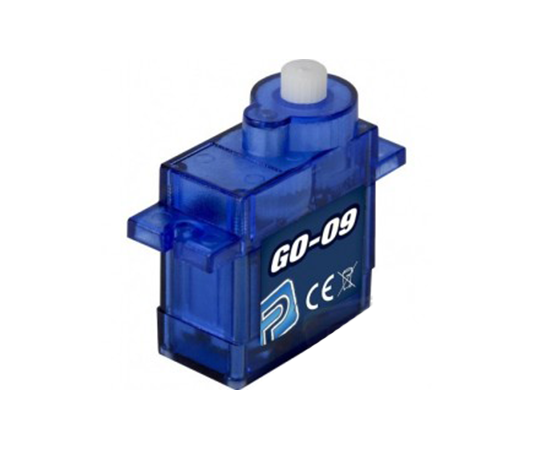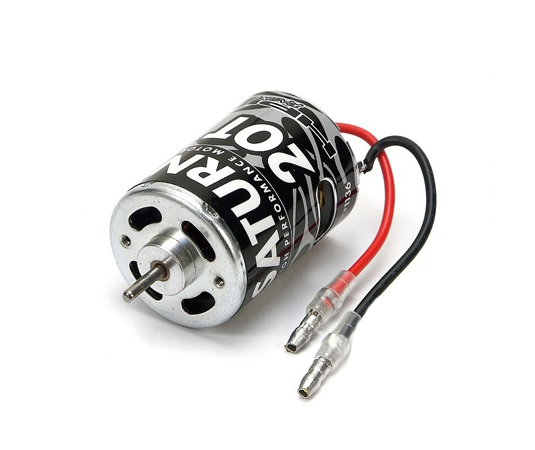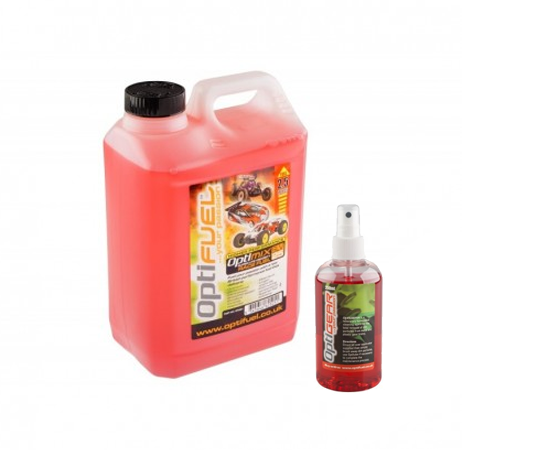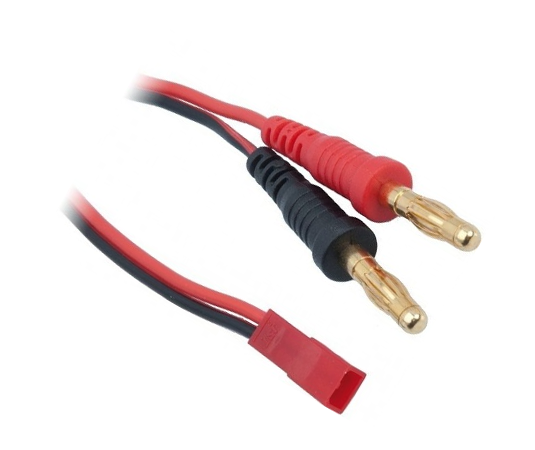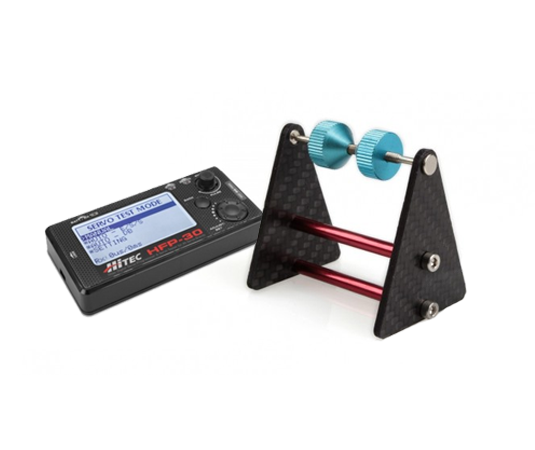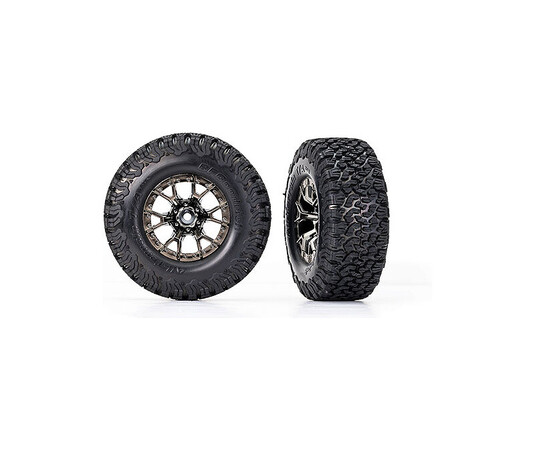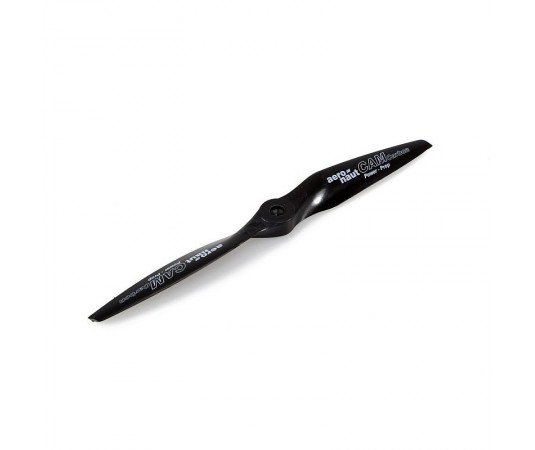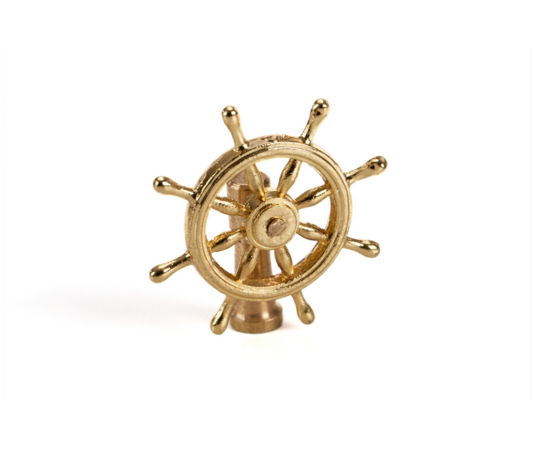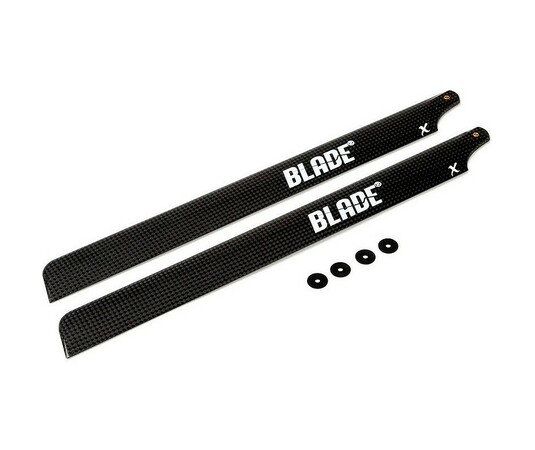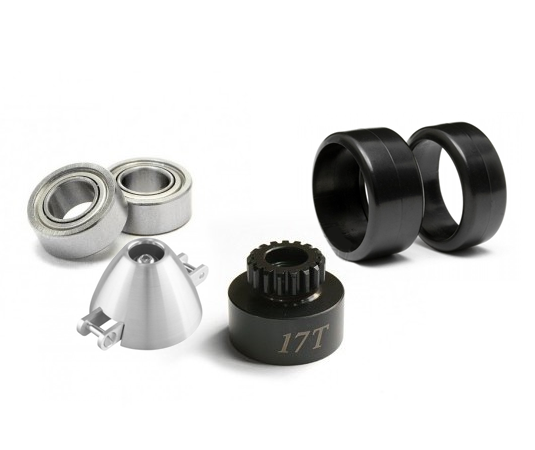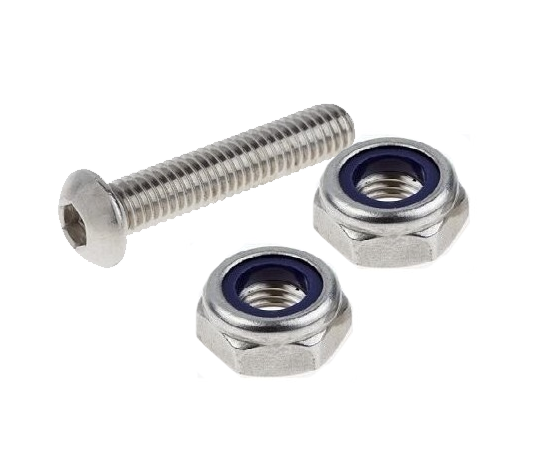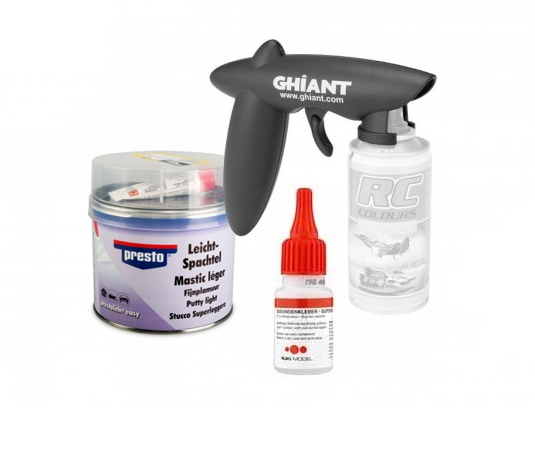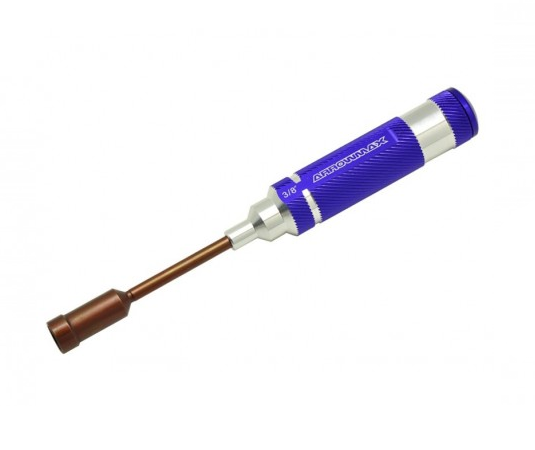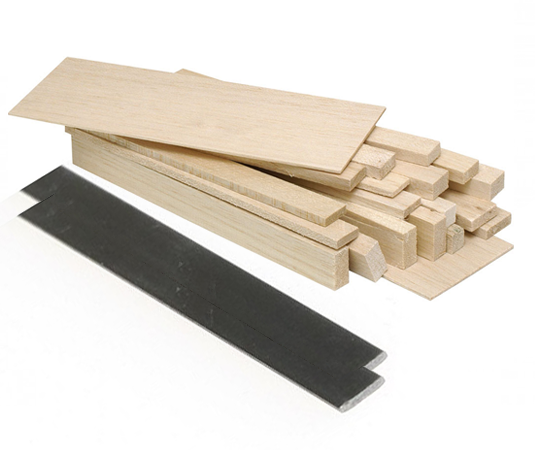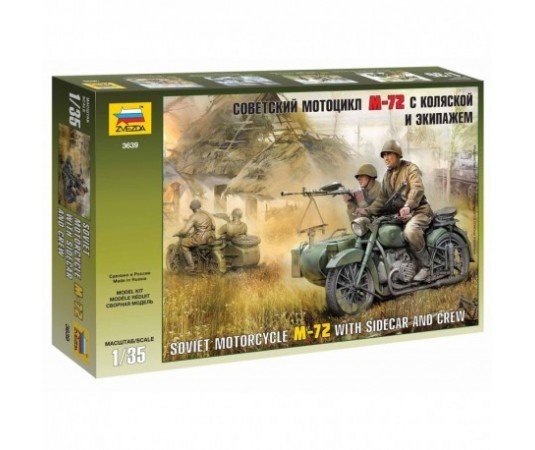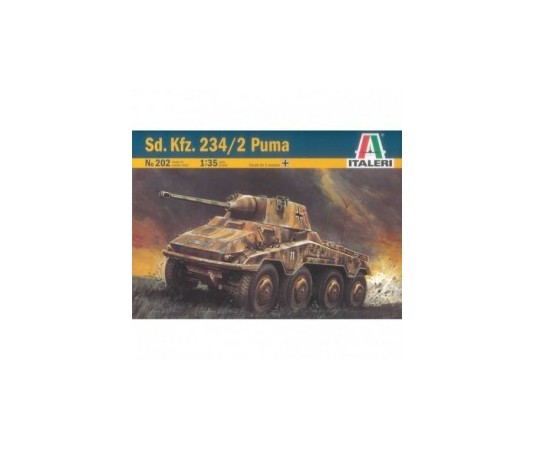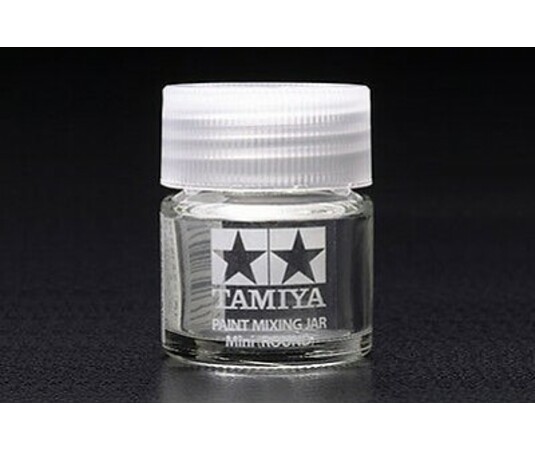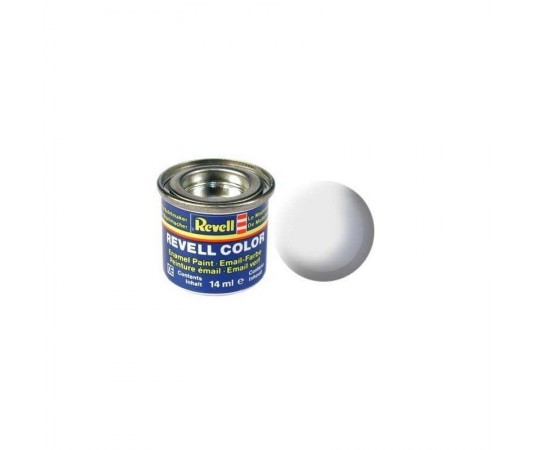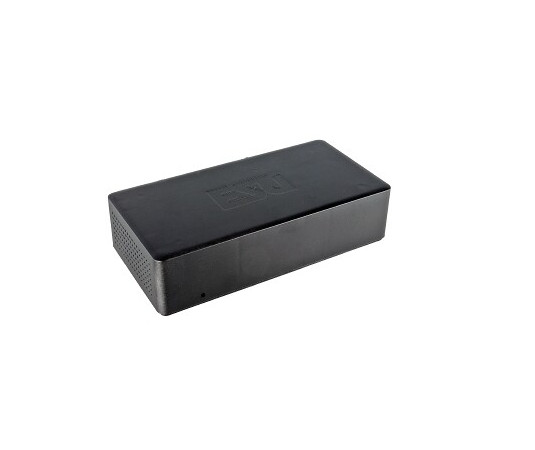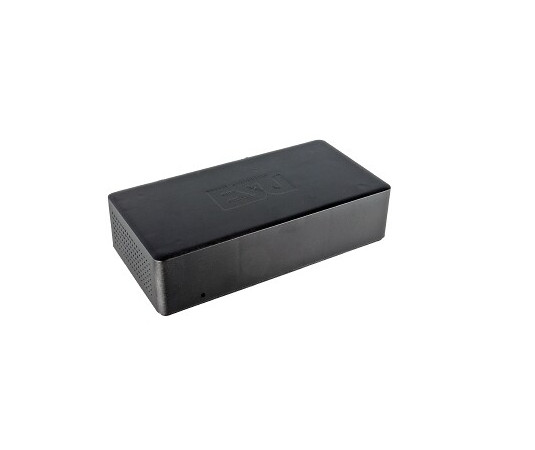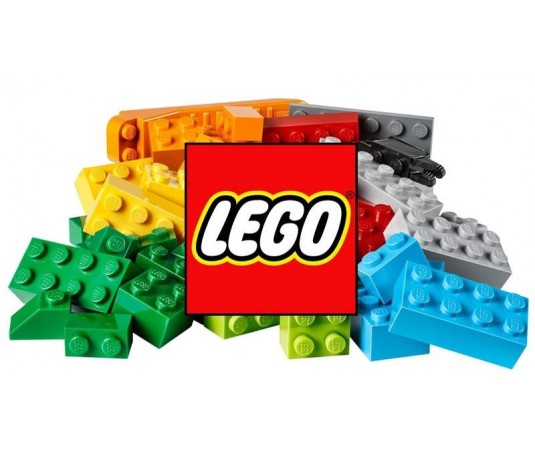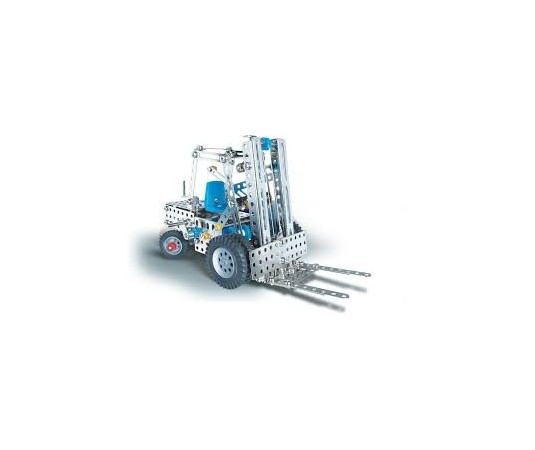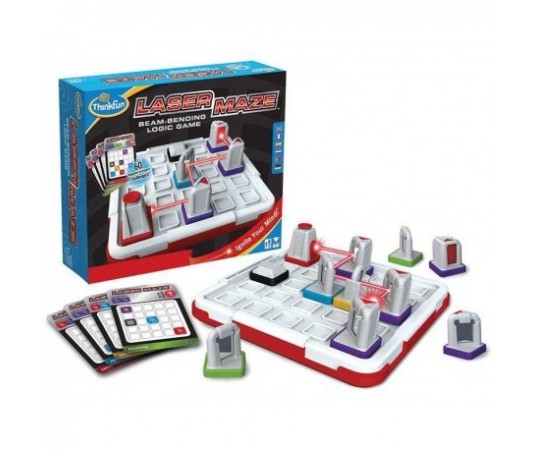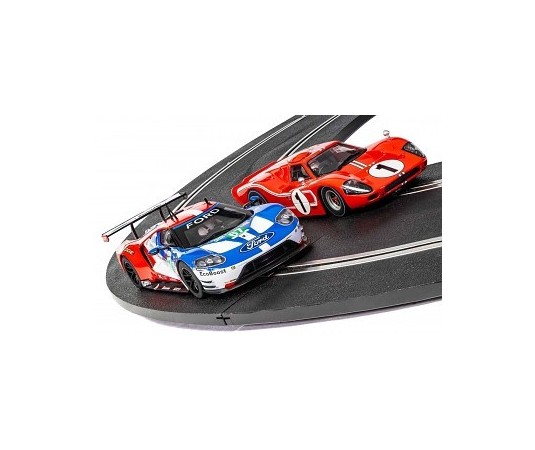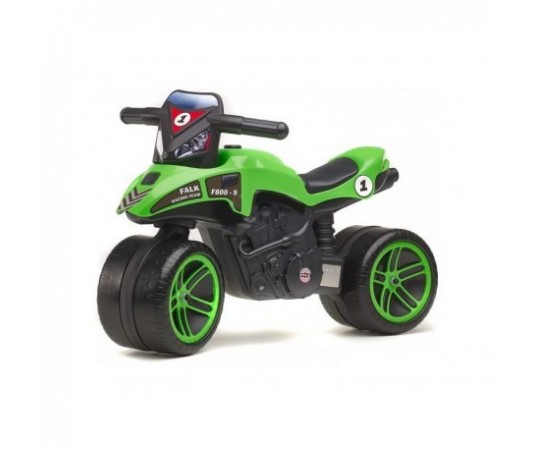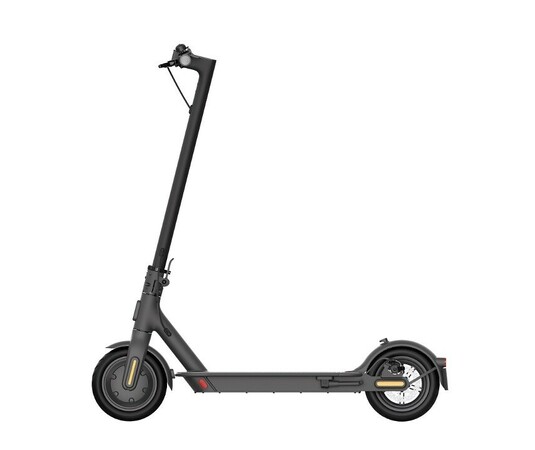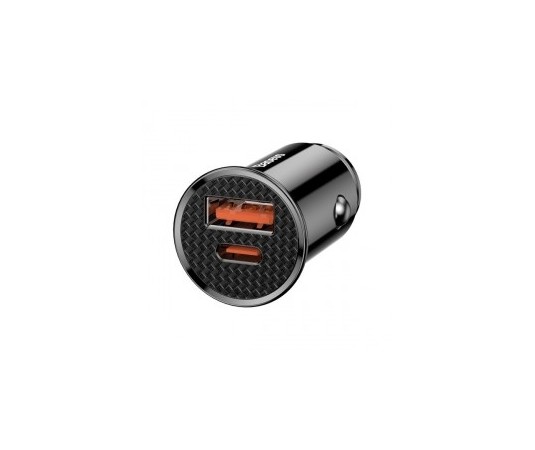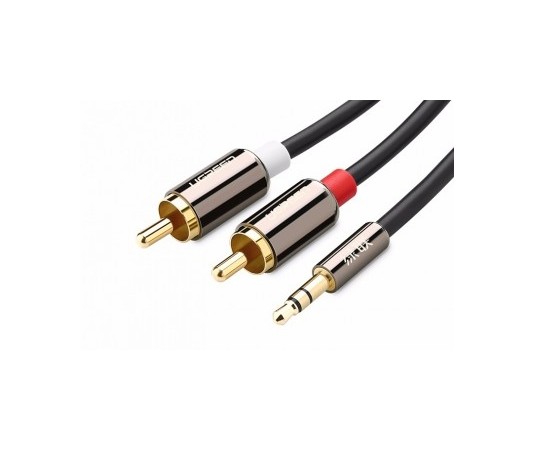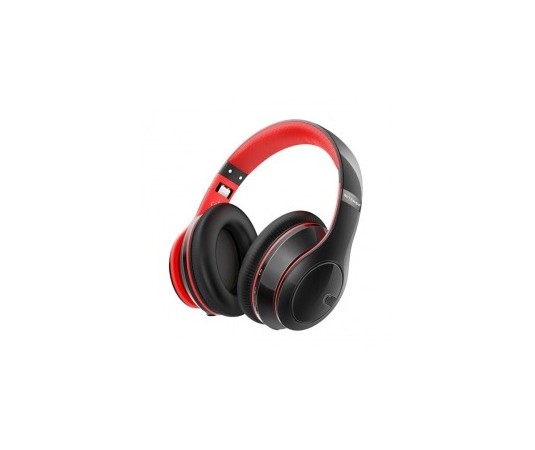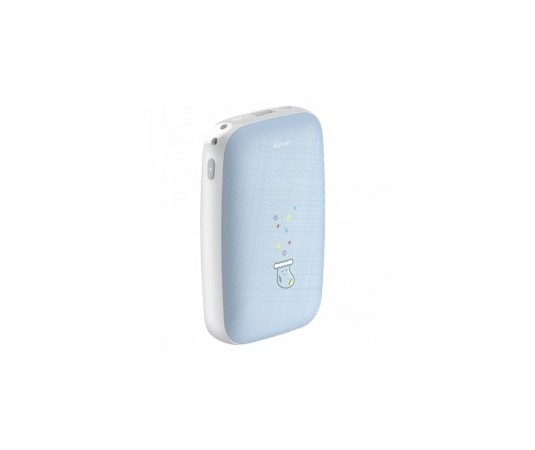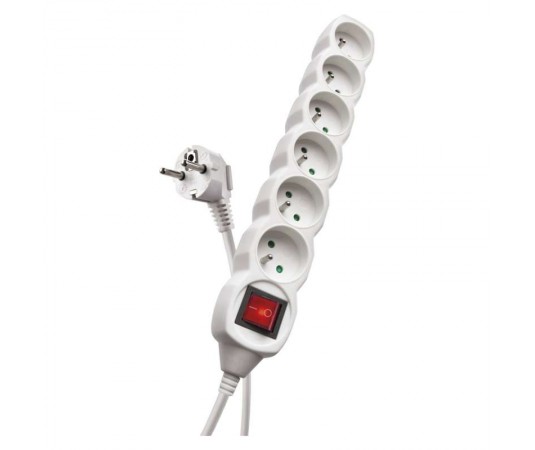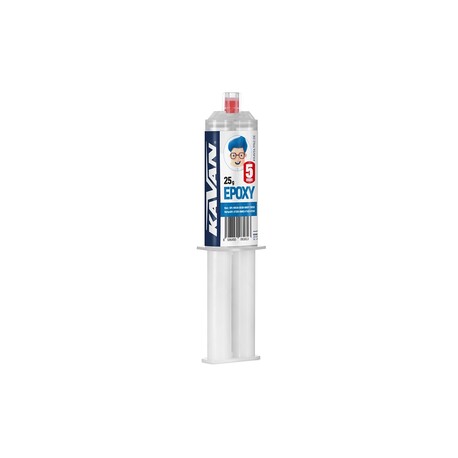Do you need advice? Call us.
+420 778 779 189 (Mo-Th 9-18 | Fr 9-16)
 RC models
RC models
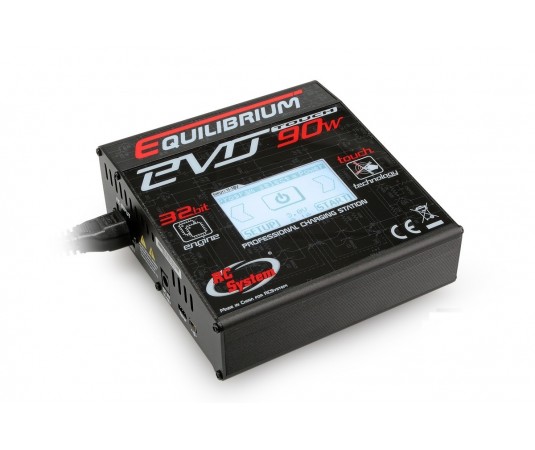 RC Accessories
RC Accessories
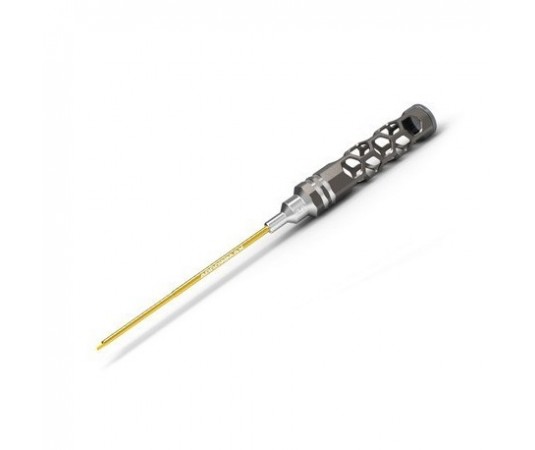 Materials and tools
Materials and tools
 Plastic models
Plastic models
 Toys
Toys
 PC and GSM accessories
PC and GSM accessories
KAVAN Epoxy 5min 25g dispenser
Did you find a better price?
* Required fields
We will reply as soon as possible, usually within a few hours.
By submitting the form you agree to the processing of your personal data (read)

Express delivery

Large selection of carriers

Satisfaction guarantee
Clear, very fast curing, two-component, high-strength epoxy adhesive resistant to fuels, solvents and vibrations; easy to sand after complete curing. It does not become brittle with age. Bonds wood, glass laminate, carbon composites, aluminum, copper, steel, brass, concrete, glass, hard plastics, polystyrene foam, etc.
Properties
- Mixing ratio of components: 1:1 (by volume and weight)
- Initial color: clear
- Final color: clear
- Viscosity (after mixing): 5000-10000 mPa.s
- Working time (until gelling): approx. 5 min (20 °C to 25 °C)
- The glued parts can be handled: after 15–20 min
- Half strength: after 10-15 min
- Full strength: after 2-3 h
- Full curing: 16-24 h
- Shear strength: 20 N/mm2
- Temperature resistance of the glued joint: -40 °C to +120 °C
Removing excess uncured glue: a cloth or paper towel moistened with denatured alcohol.
Thinning the adhesive: S6300 Epoxy Lacquer Thinner (use of thinners increases curing time and reduces final bond strength - if you need a "thinner" epoxy, use a lower viscosity laminating or finishing epoxy).
Use as sealant, suitable fillers: microballoons, talc, children's backfill, diatomaceous earth, fine balsa or linden sawdust, chopped glass fibers. Attention - the addition of filler can reduce the working time by up to 25% and (depending on the type and amount of filler used) can reduce the strength of the joint.
Suitable for gluing: soft and hard wood, chipboard, plywood, metals, expanded polystyrene, ceramics, porcelain, glass and carbon laminates, glass and carbon fabrics and fibers.
Not suitable for gluing: soft and flexible plastics (including EPP and EPO), polyethylene, Teflon.
Storage: in tightly closed packaging, in a cool, dry and dark place (at a temperature of 10 °C to 25 °C). Do not expose to temperatures below 10 °C. Be careful not to mix up the resin and hardener caps - even a small amount of hardener can spoil a large amount of resin.
Shelf life: if the conditions of proper storage are observed, we guarantee a shelf life of 1 year while maintaining the above-mentioned product properties. Practical experience shows that epoxy resins based on bisphenol A and epichlorohydrin maintain their excellent properties for many years when properly stored (see also Note 2) - if you buy a package of glue appropriate for your consumption, you practically do not have to "solve" its lifespan at all.
Note 1: the curing of the adhesive depends mainly on the ambient temperature; if you mix a large amount of epoxy at once (typically more than 20-30 g) it can harden much faster - to maintain a longer working time, the glue needs to be cooled, for example, in a water bath. This is due to the fact that heat is released when the resin and hardener react, and at the same time, the resin hardens faster at a higher temperature. And since as the volume increases, the weight of the resin (and thus the amount of heat generated) increases faster than the size of the external surface from which the heat is dissipated to the surroundings, a larger amount of resin heats up and hardens more quickly. Don't you believe? Believe. A cube with a side of 1 cm has a volume of 1 cm3 and a surface area of 6 cm2 - a ratio of 6:1, while a cube with a side of 2 cm has a volume of 8 cm3 and a surface area of 24 cm2 - a ratio of only 3:1.
Note 2: initially clear and fairly fluid bisphenol A and epichlorohydrin epoxy resins can sometimes thicken ("sugary" much like honey) and lose transparency - this is due to exposure to low temperatures, humidity or time. By carefully heating it in hot water (60-70 °C) for a few minutes, until the resin becomes clear throughout the entire volume, you will get a resin "like new" with its original properties.
The product contains substances classified as dangerous in the sense of Regulation (EC) No. 1272/2008. For detailed information, see the "Downloads" section.





